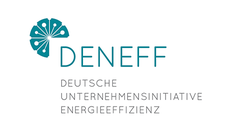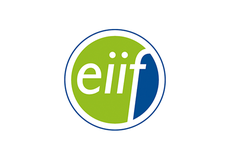Search eceee proceedings
What about heat integration? Quantifying energy saving potentials for Germany
Panel: 2. Sustainable production towards a circular economy
This is a peer-reviewed paper.
Authors:
Ali Aydemir, Fraunhofer ISI, Germany
Clemens Rohde, Fraunhofer-Institut für System- und Innovationsforschung ISI, Germany
Abstract
Industry accounts for approximately 30% of the final energy demand in Germany. 75% of this is used to provide heat. A quite substantial fraction of this heat leaves processes and factories unused. Current bottom-up estimations indicate that the available excess heat potential in Germany equals up to 13% of industrials fuel consumption. The most common approach to utilize excess heat is to recover it for heating up other processes, also known as heat integration. However, heat integration within a company requires the presence of heat demands with lower temperatures than the temperature of the excess heat currently unused. If this is not given, inter-company heat integration offers an alternative. Nevertheless, up to now there is no quantification of energy saving potentials for heat integration at all, or inter-company heat integration in particular. Thus, we make a start by applying a top-down cascade approach for Germany.
First, we estimate excess heat potentials differentiated by industry sectors and temperature intervals for Germany using a top-down approach. Therefore, we apply energy balances differentiating heat demand by industry sector and temperature intervals.
Second, we calculate which fraction of the excess heat is usable in the industry sector it comes from for two cases. Therefore, we balance cascade like excess heat and heat demand at lower temperature levels in the same sector, which results in the energy saving by intra-company heat integration.
The previous step leads to the conclusion that some industry sectors have still excess heat after the cascade balancing and others not. Consequently, we calculate how much of this excess heat can be used to heat up demands at lower temperatures in other industry sectors as a third step.
Adding up energy saving potentials by intra- and inter-company heat integration, the final results indicate energy saving potentials of round about 11% referred to industrials final energy demand in Germany (for both cases evaluated).
Downloads
Download this paper as pdf: 2-066-18_Aydemir.pdf
Download this presentation as pdf: 2-066-18_Aydemir_pres.pdf















